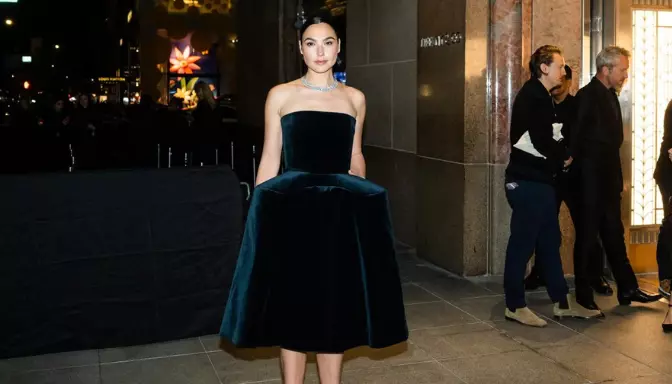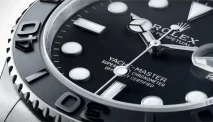Most wearers opted to update the timeless cocktail attire.
Gu and Peltz Beckham, for example, modernized their LBDs with dramatic side splits, additional bow flourishes, and barely-there spaghetti straps.

However, Marquezine chose to stay faithful to the original design and delved into the Yves Saint Laurent archive to find her Fall-Winter 1983 haute couture gown.
It featured a drop waist, asymmetrical tulle skirt, and a strapless velvet bodice.
The most notable LBD was, of course, Audrey Hepburn’s creation, which was made by Hubert de Givenchy and costume designer Edith Head.
But, black, mid-length, and fitted had long been the formula for achieving subtle, understated sex appeal.
Created by Coco Chanel in the 1920s, Vogue dubbed the original LBD (a knee-length dress made from crepe de Chine) “Chanel’s Ford” in prediction of its enormous success.

The concept spread across storied fashion houses such as Dior and Givenchy in the mid-20th century.
Over a century later, the time-honored garment lives on through fresh takes, reimaginings, and designers looking to subvert expectations.
The LBD is its own sartorial landmark, full of rich history, but always open to visitors.






